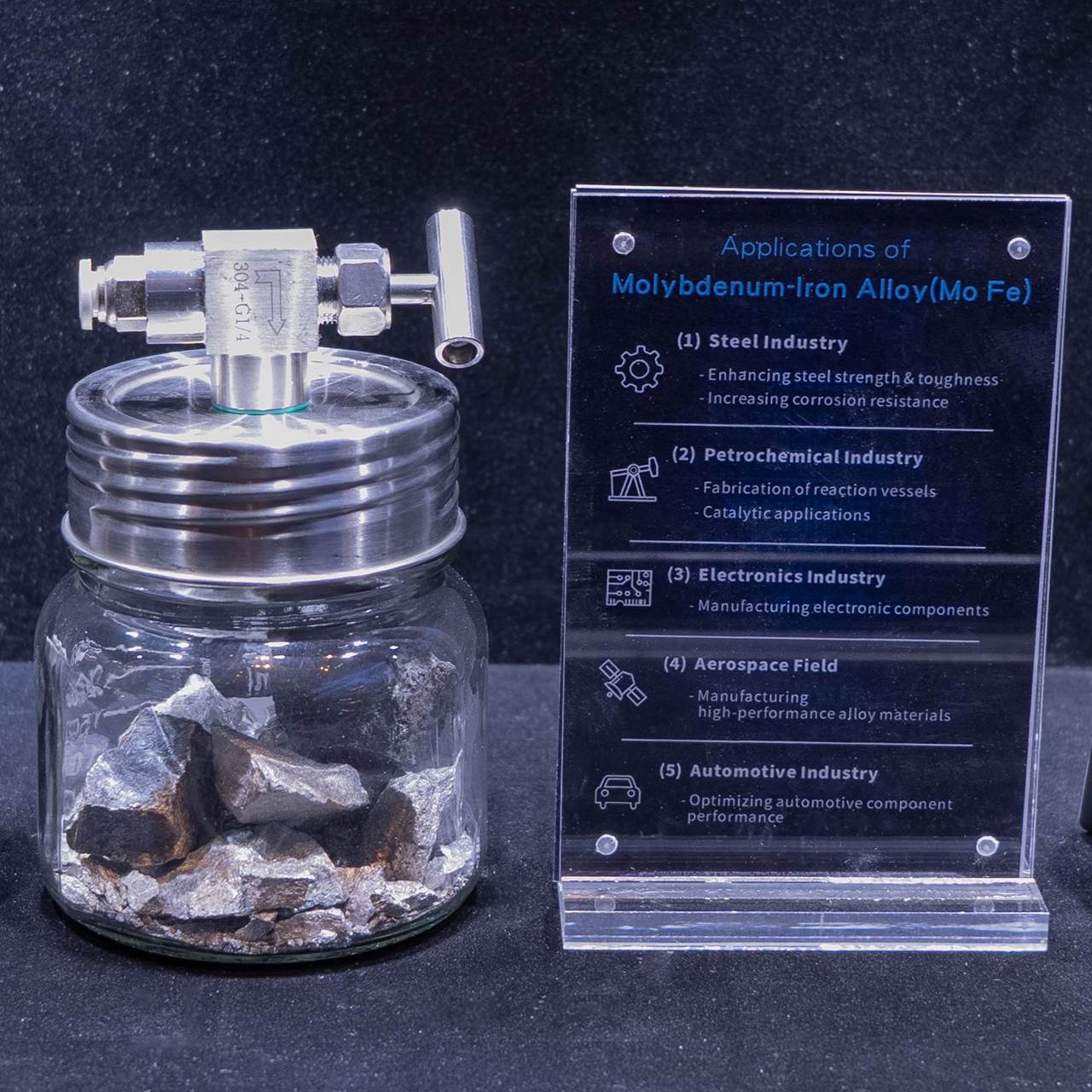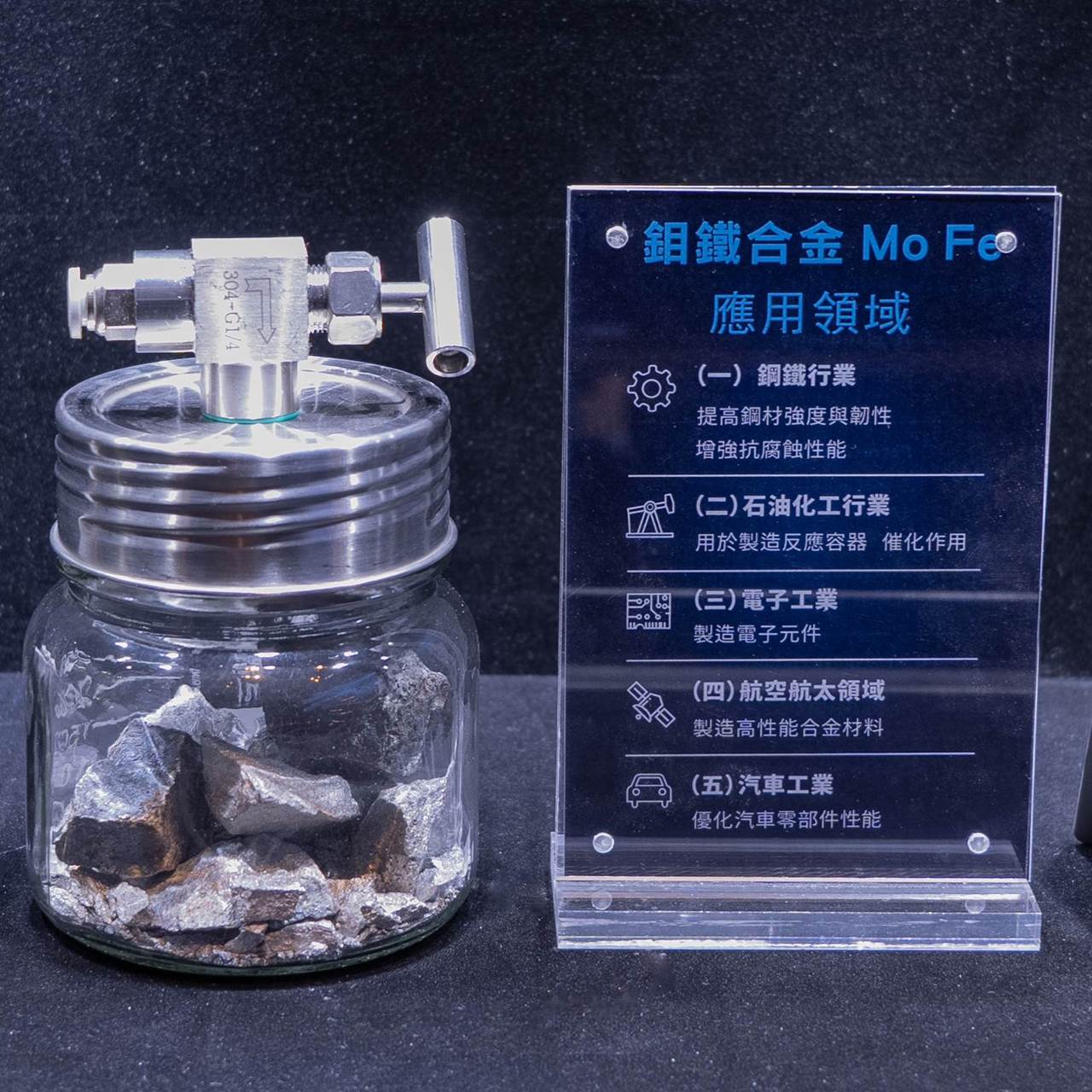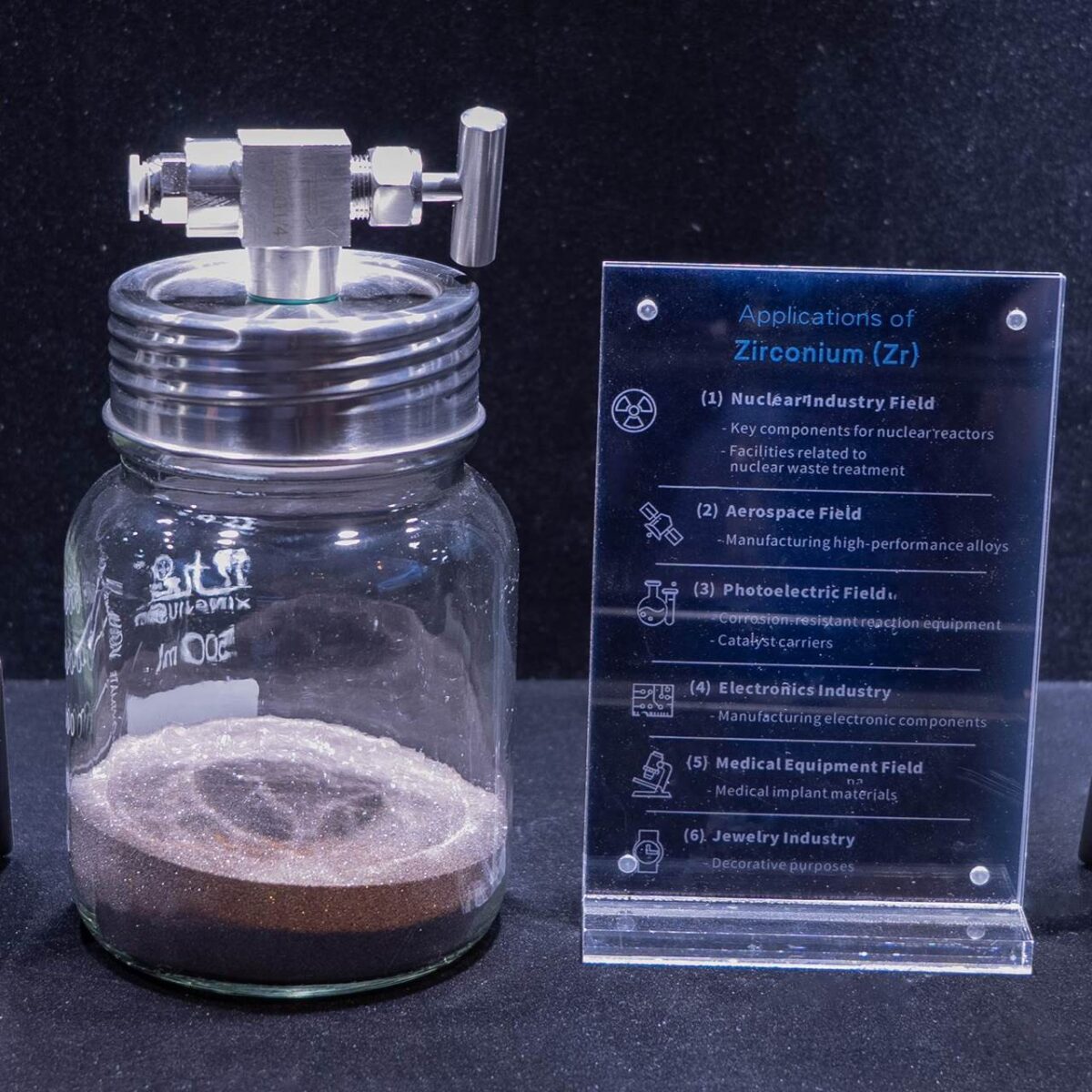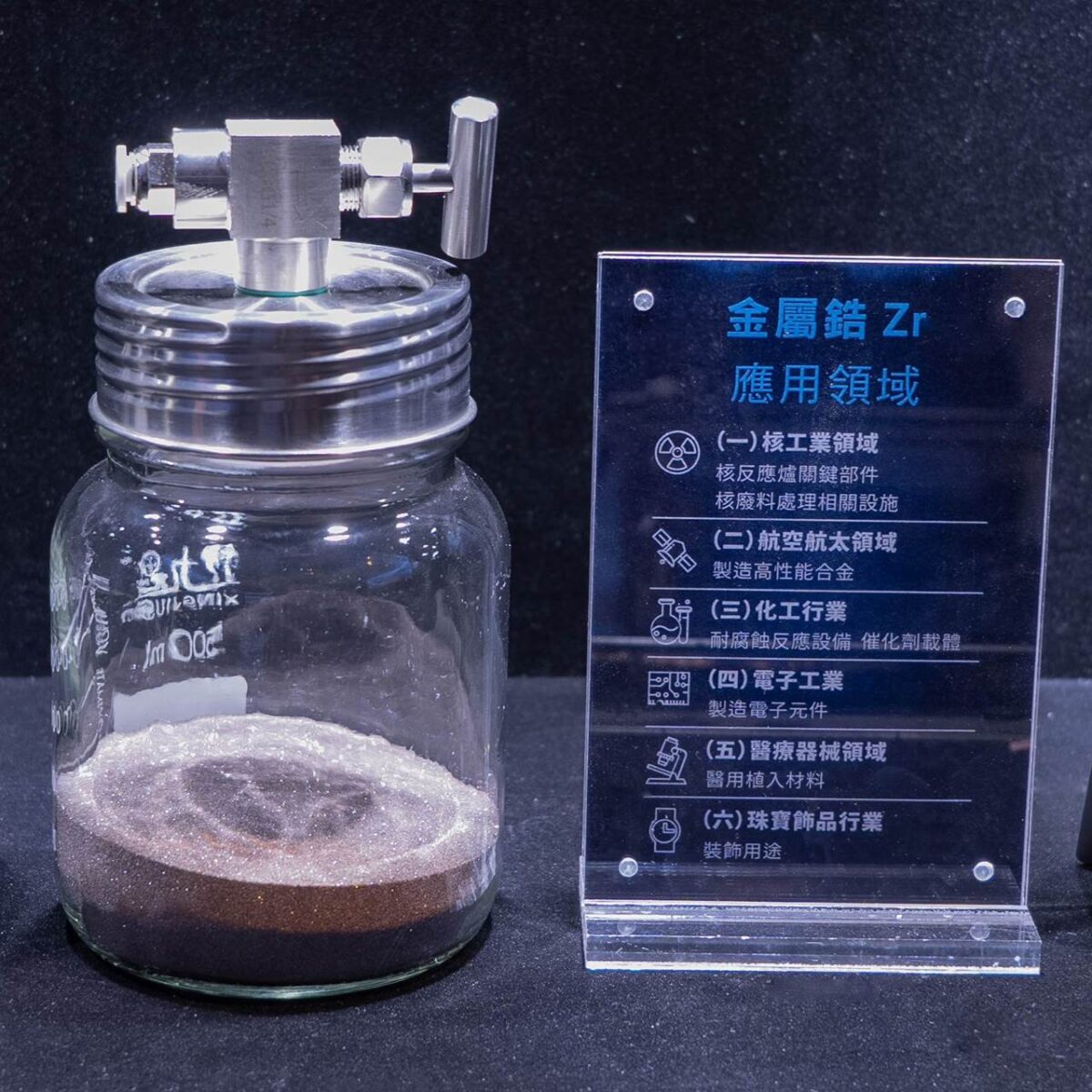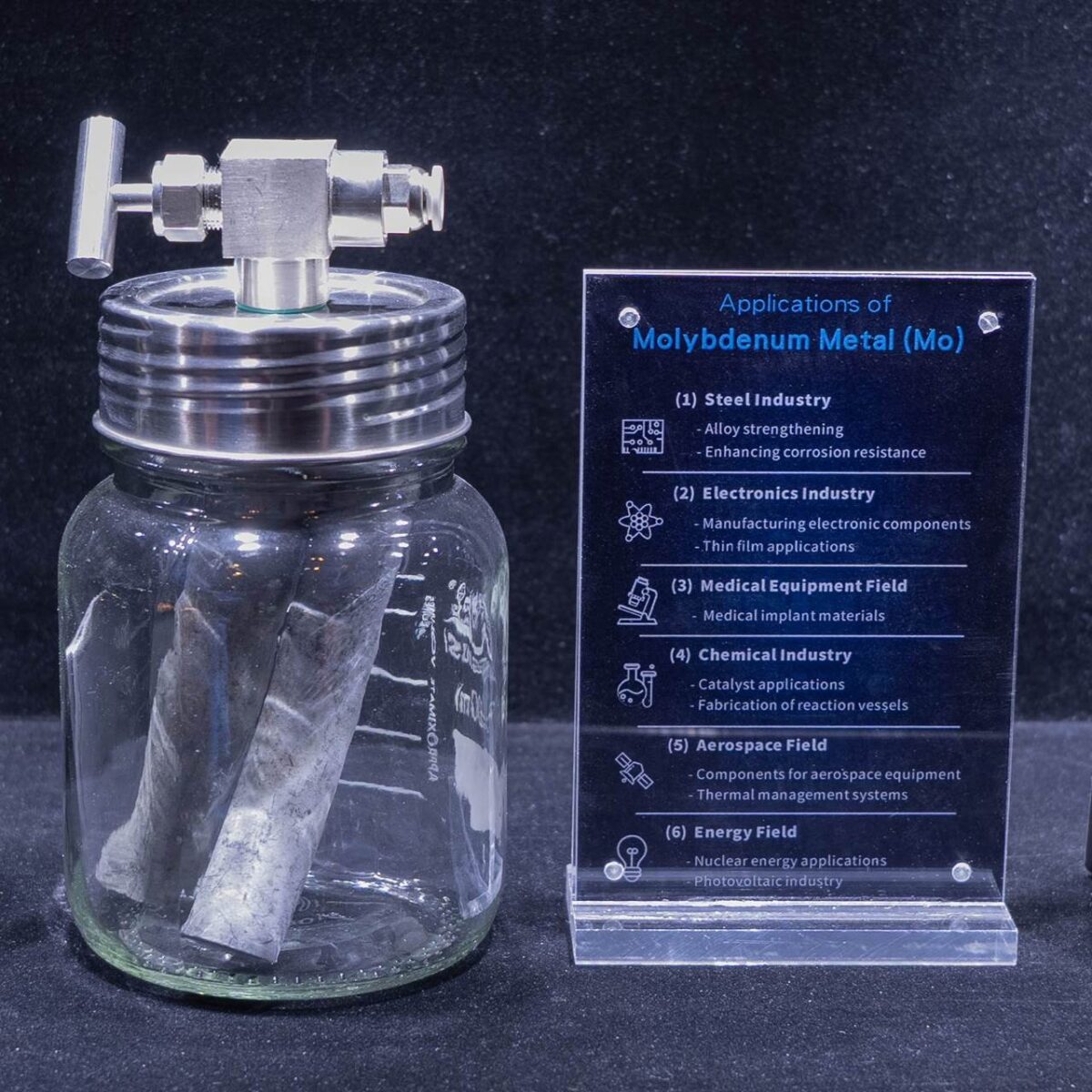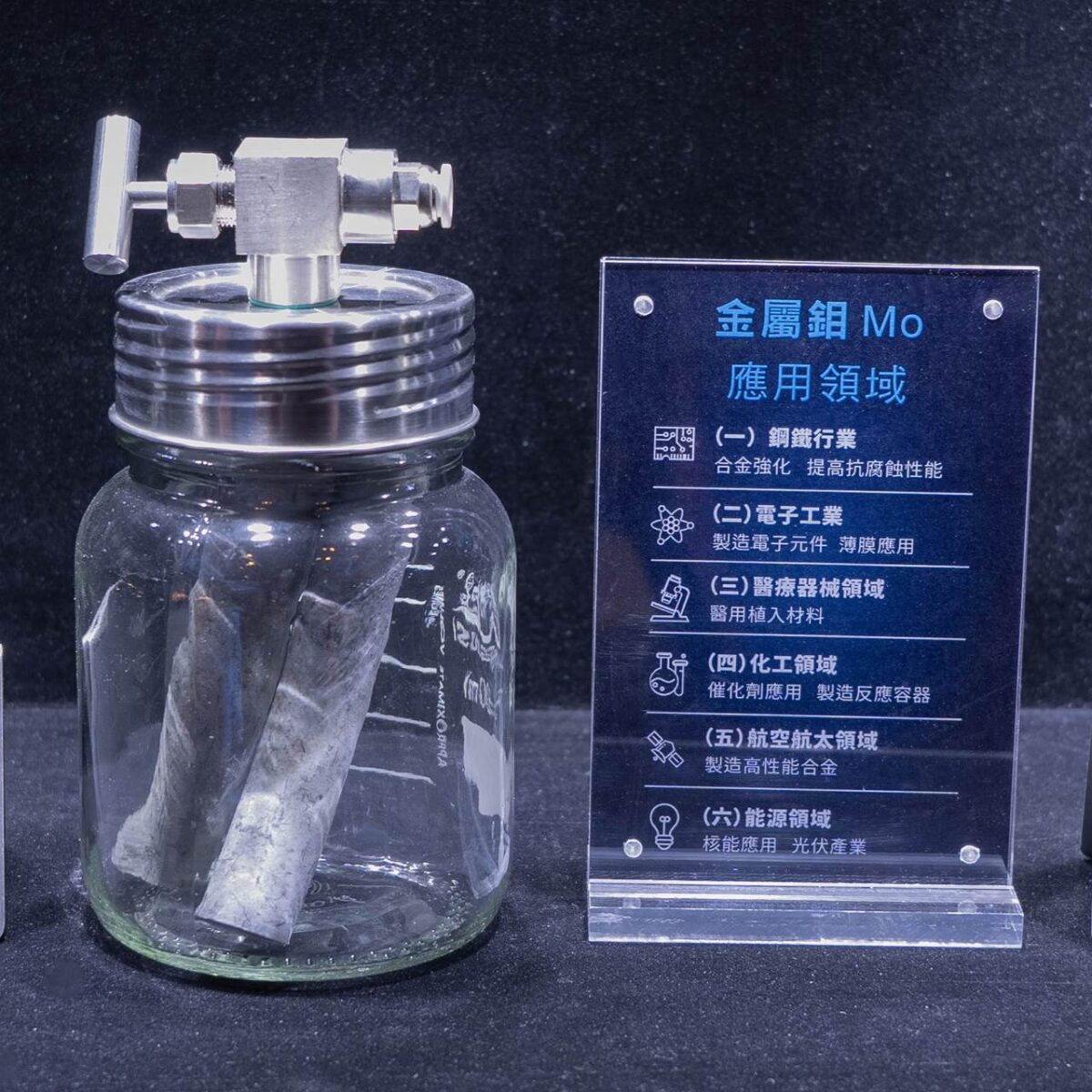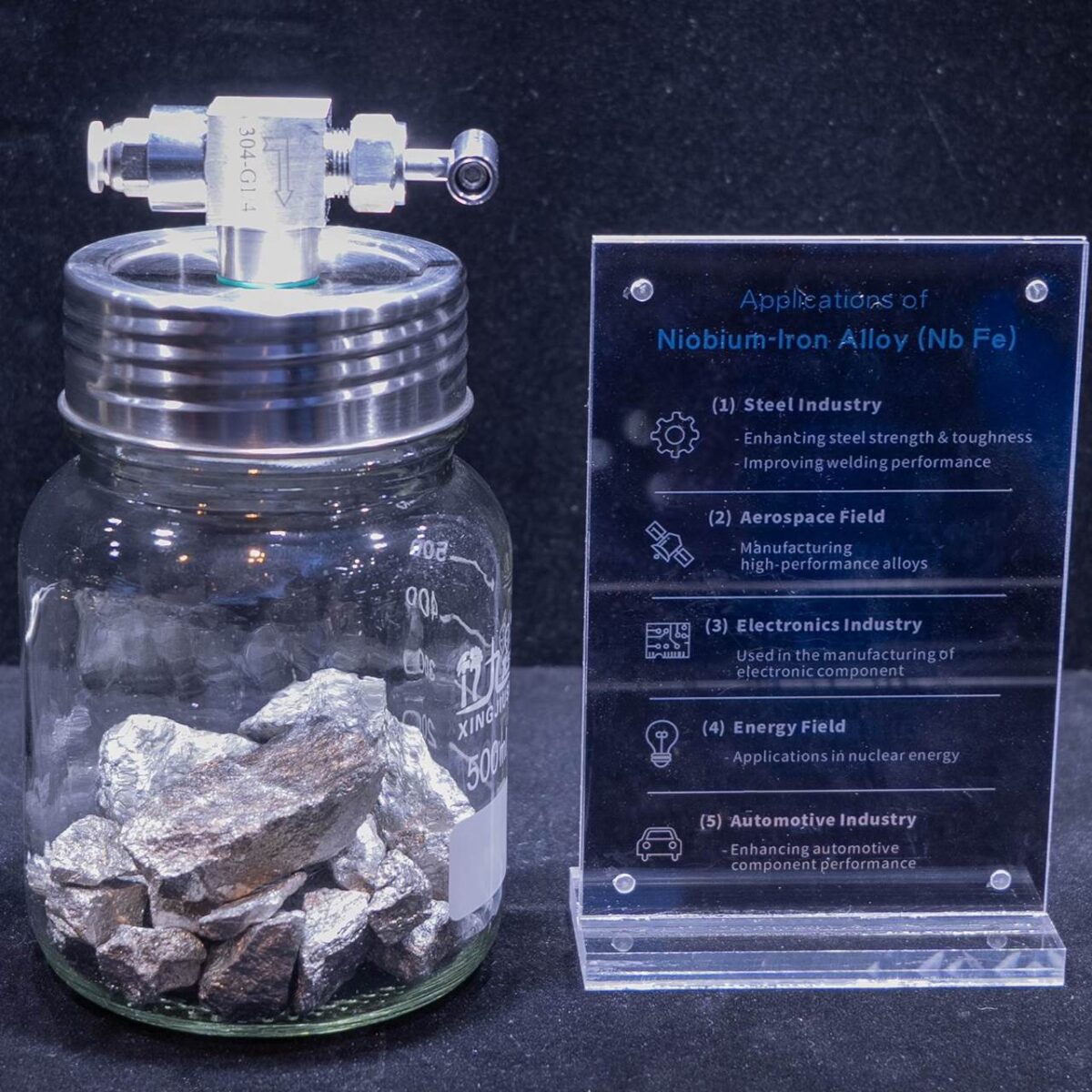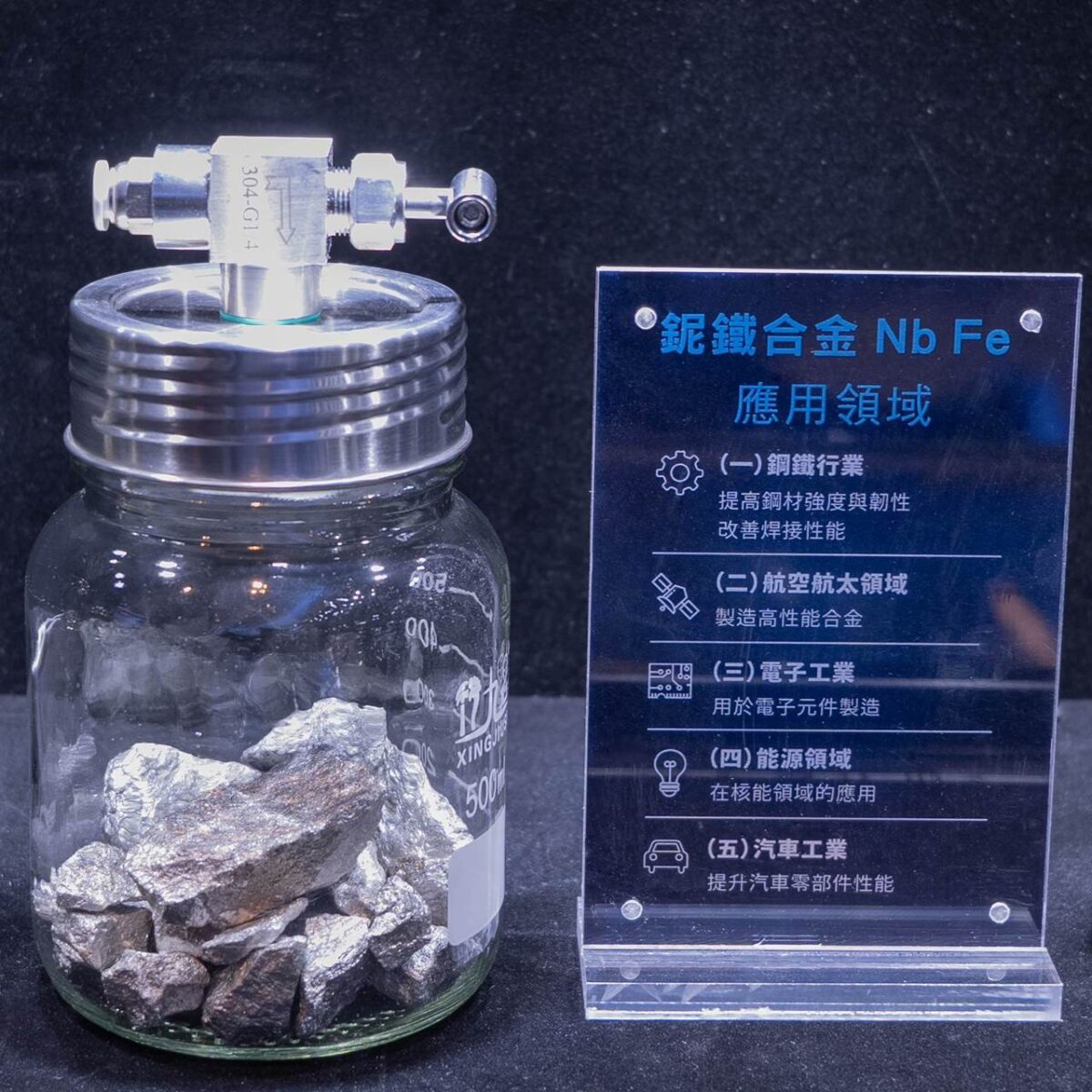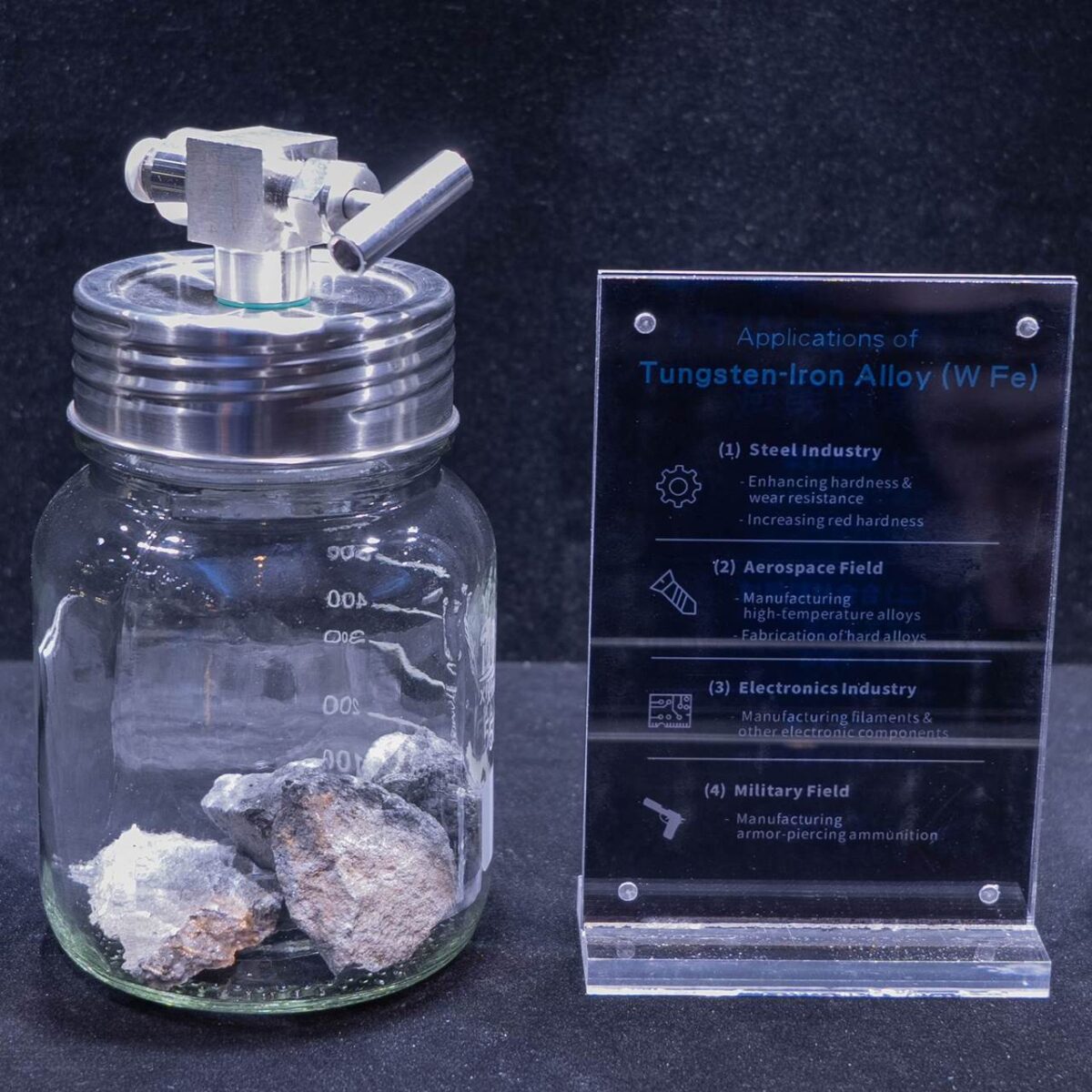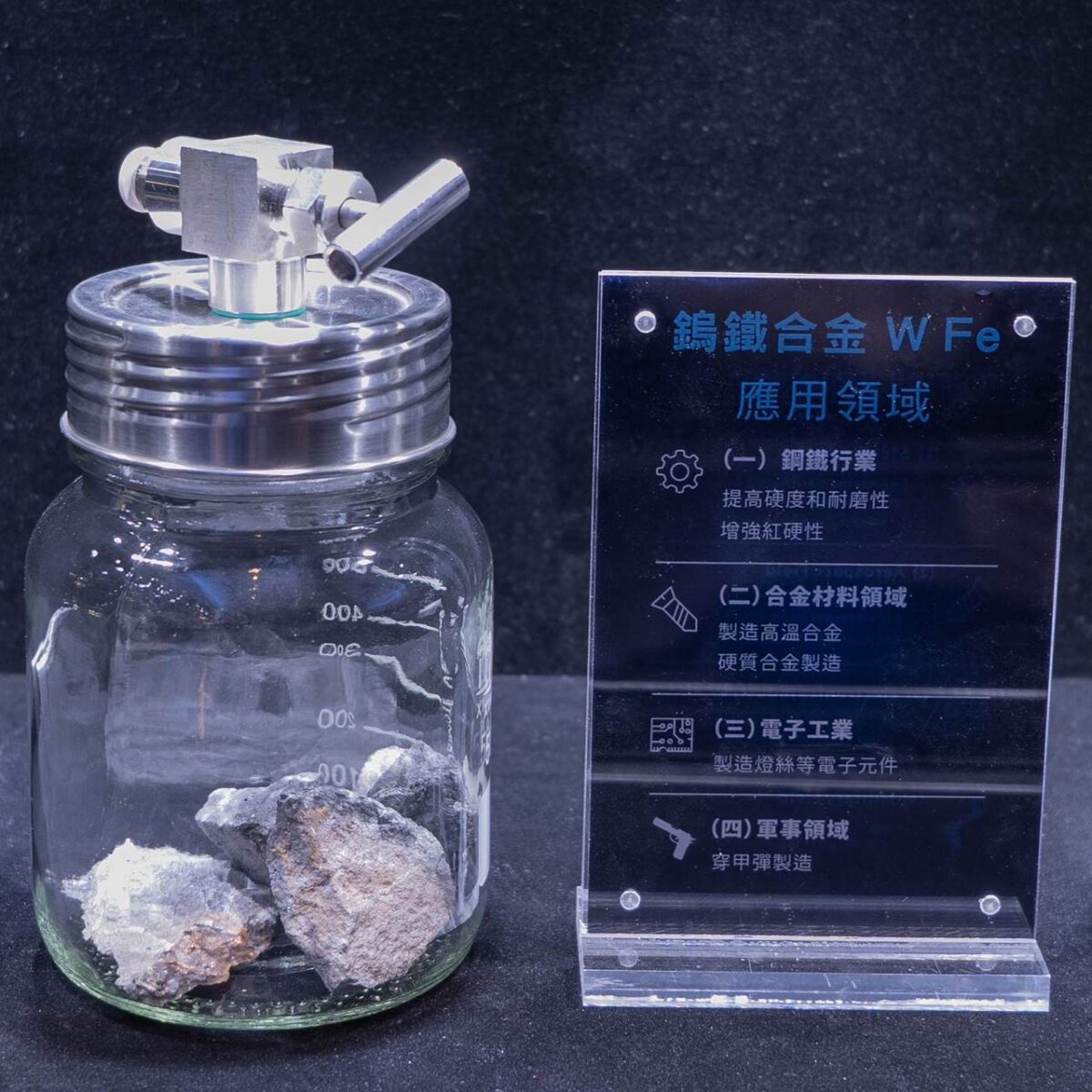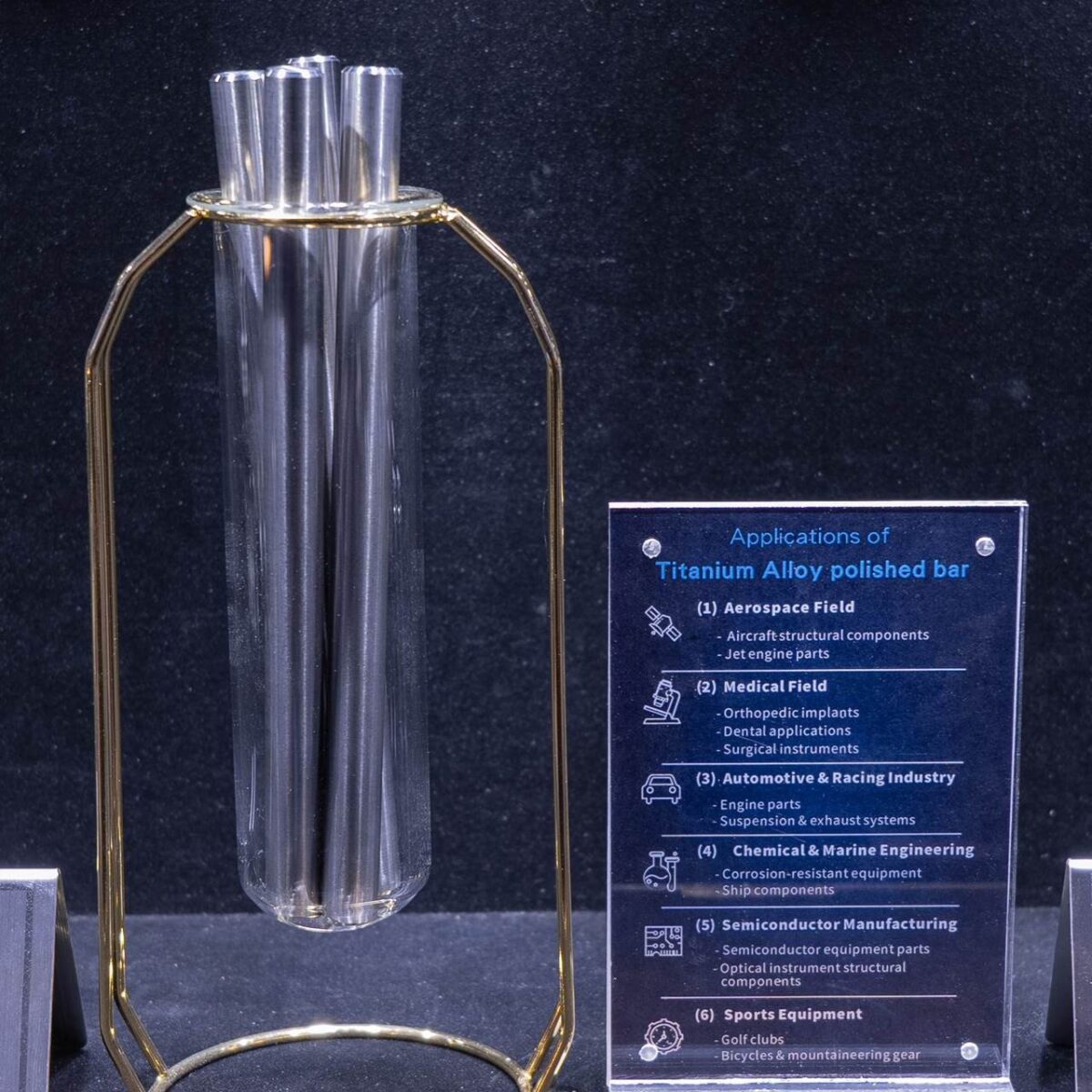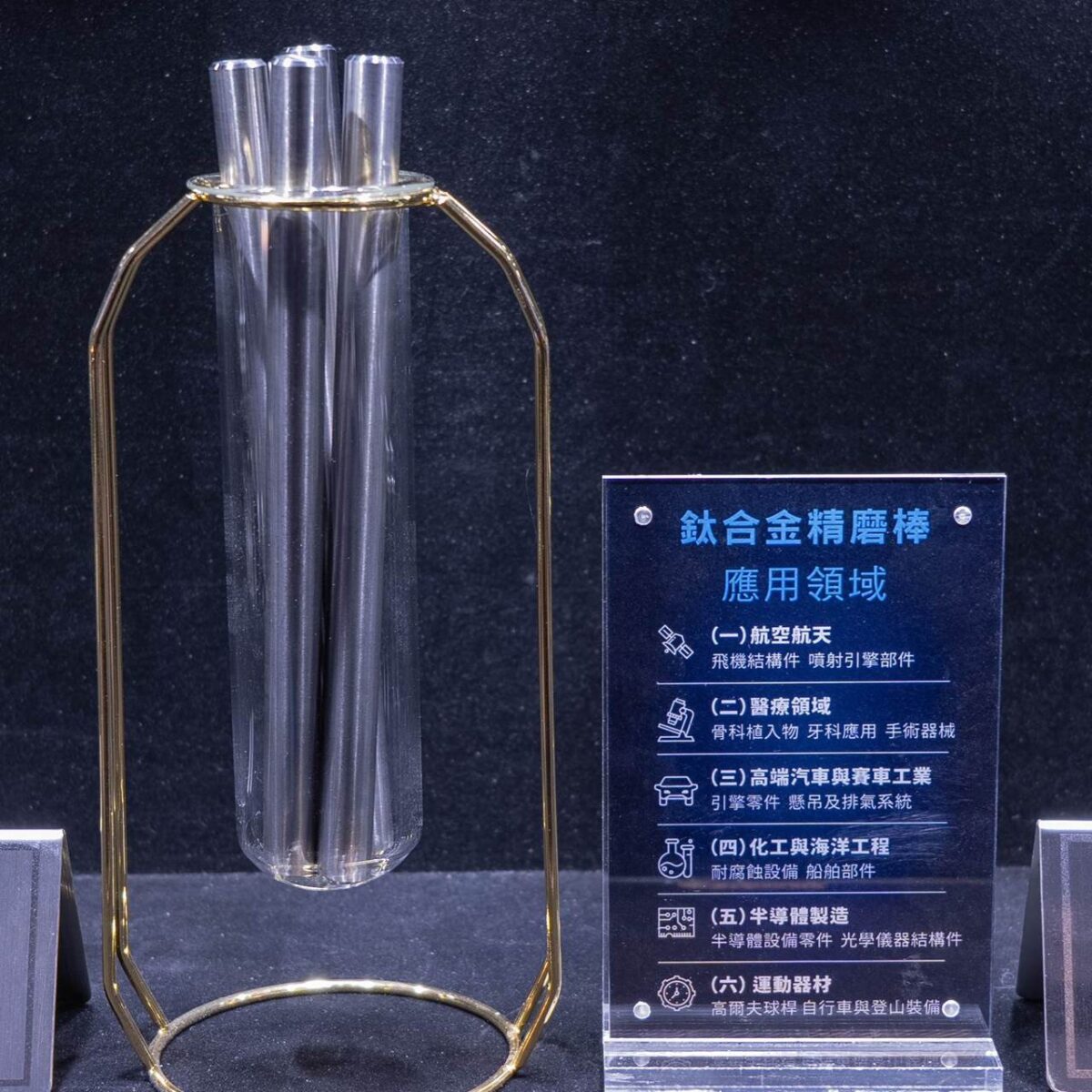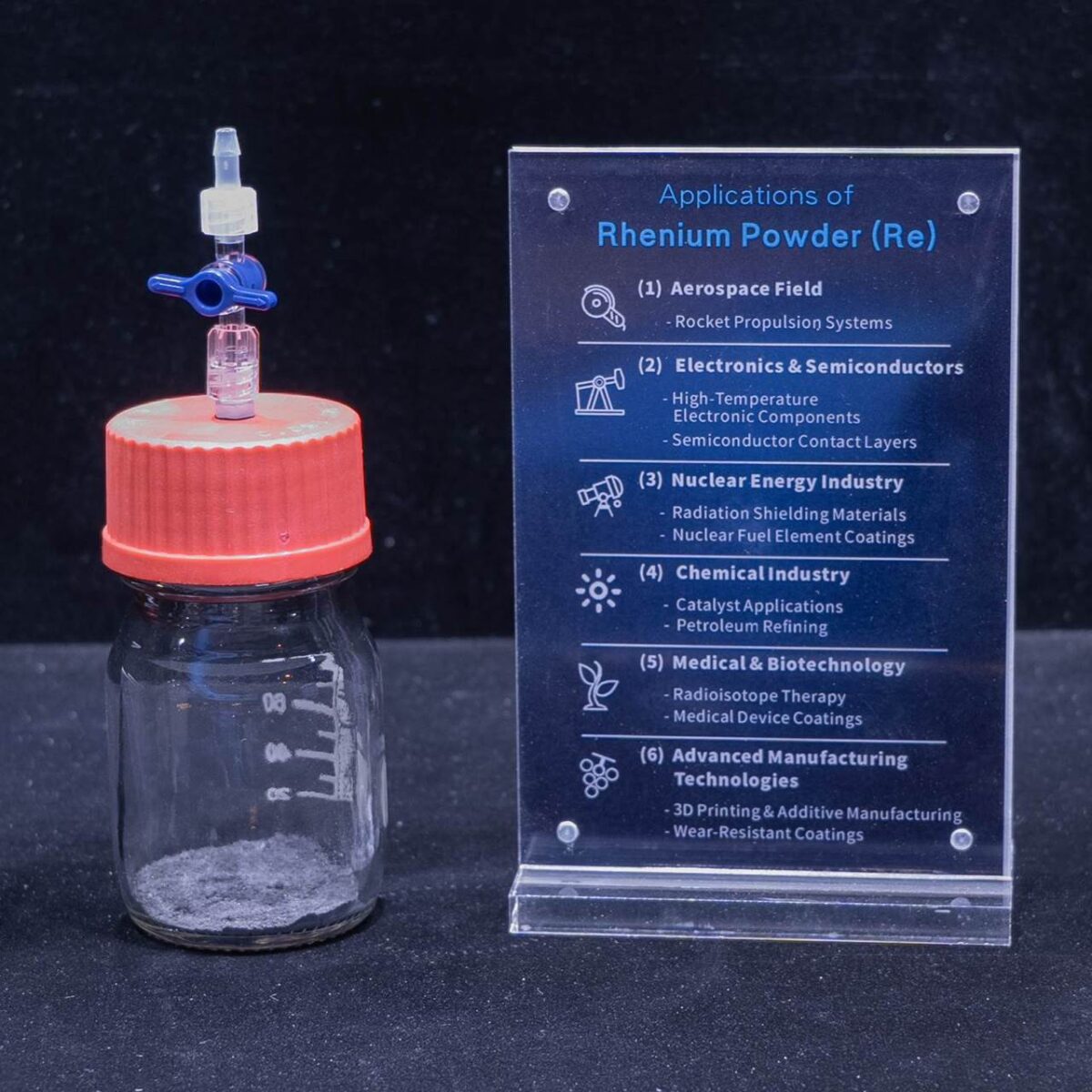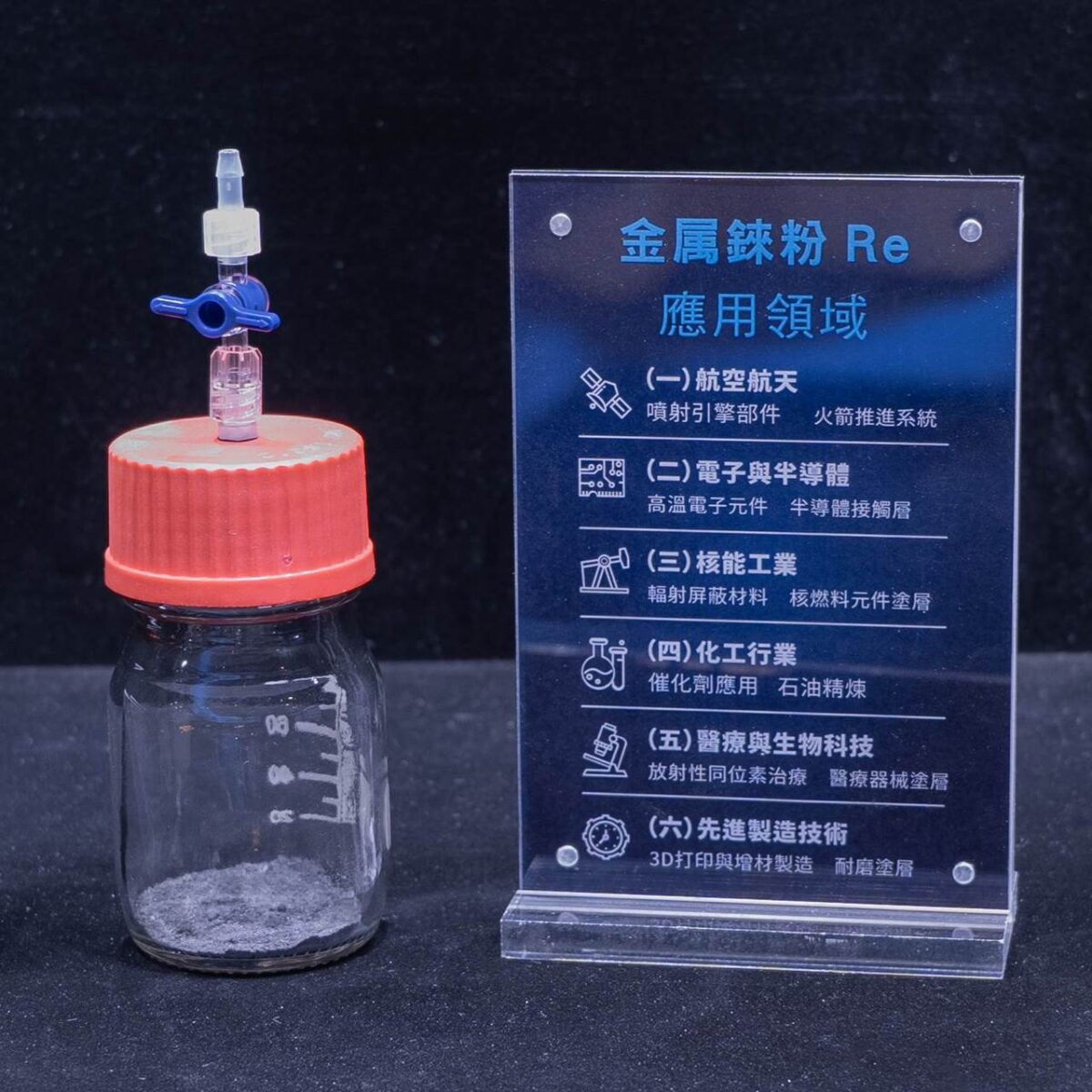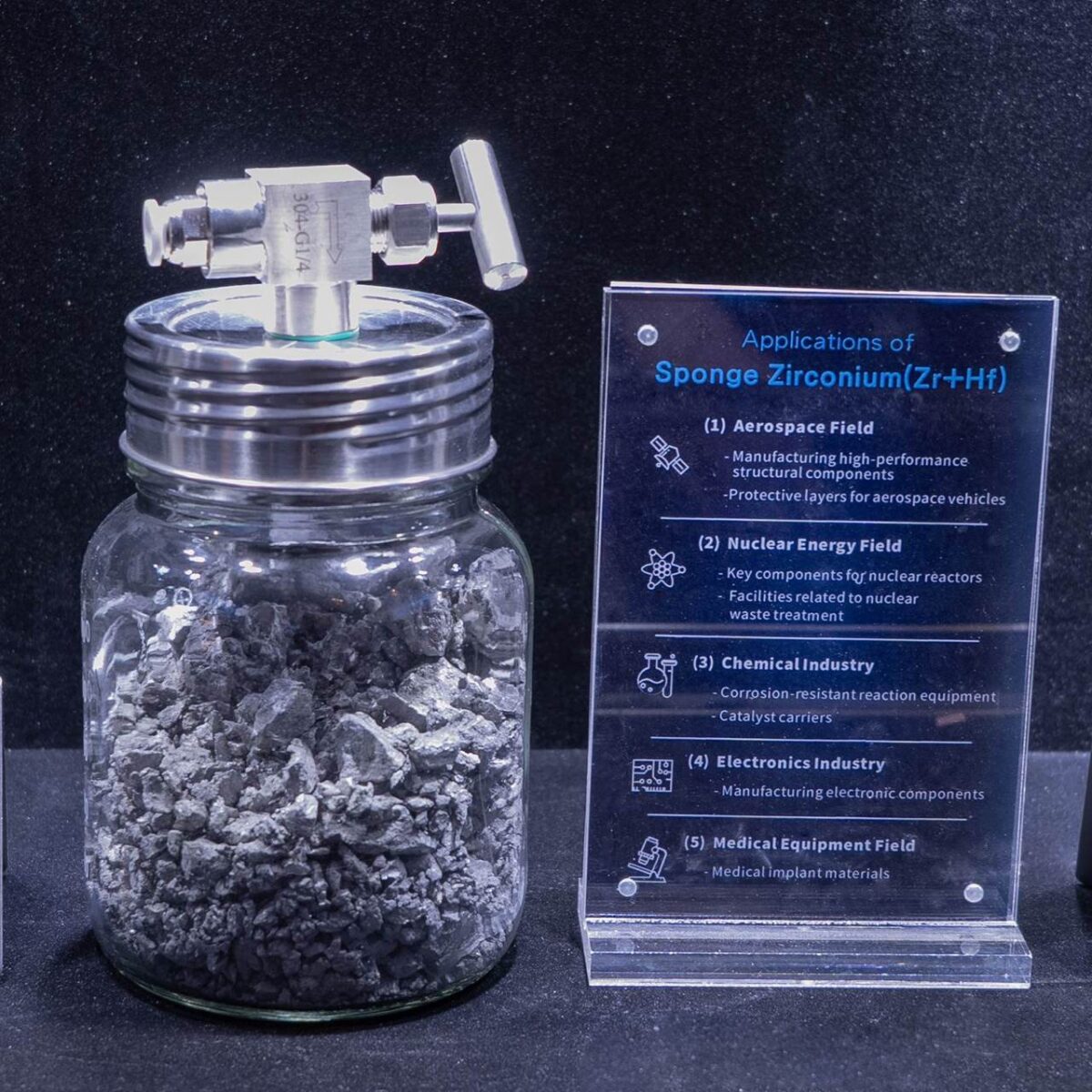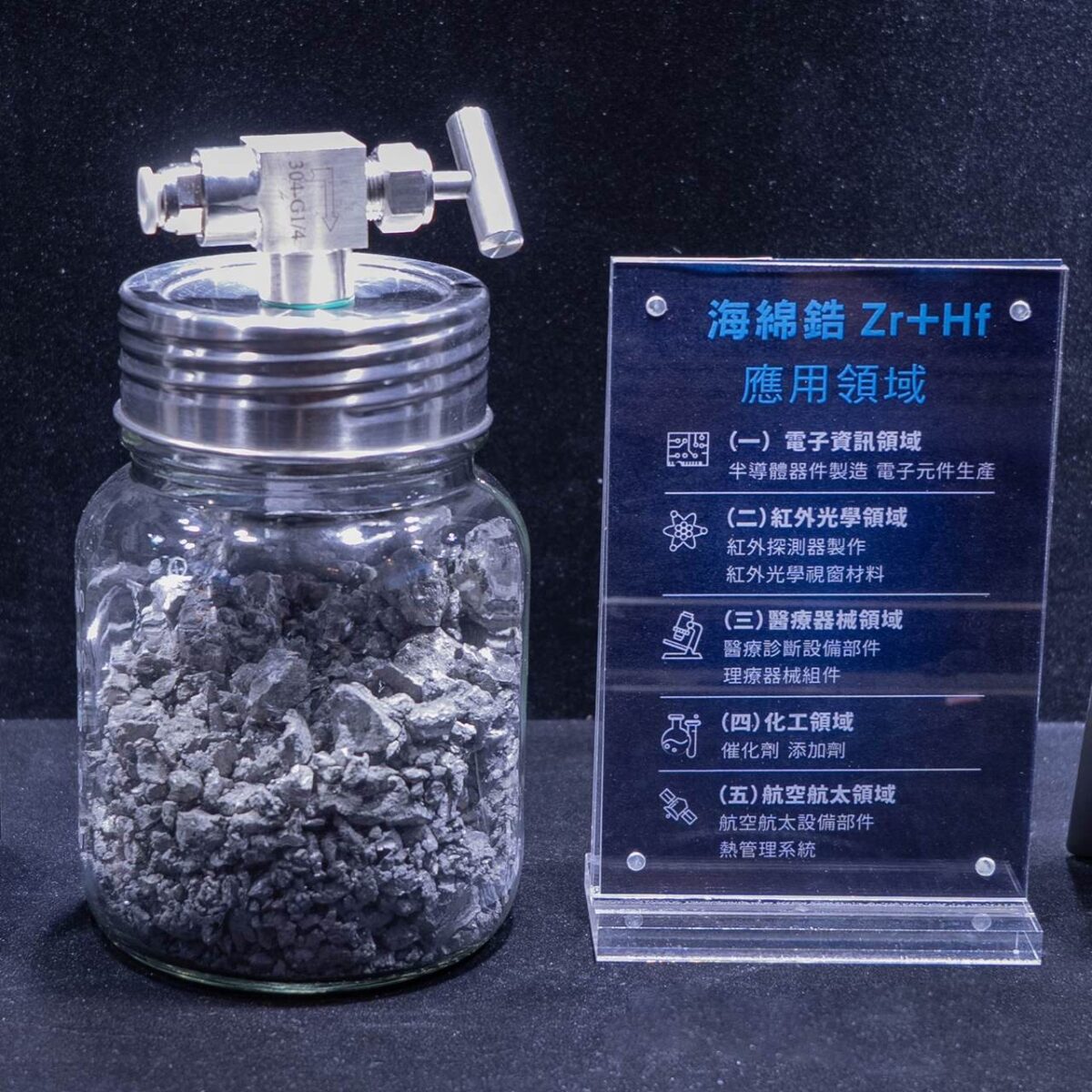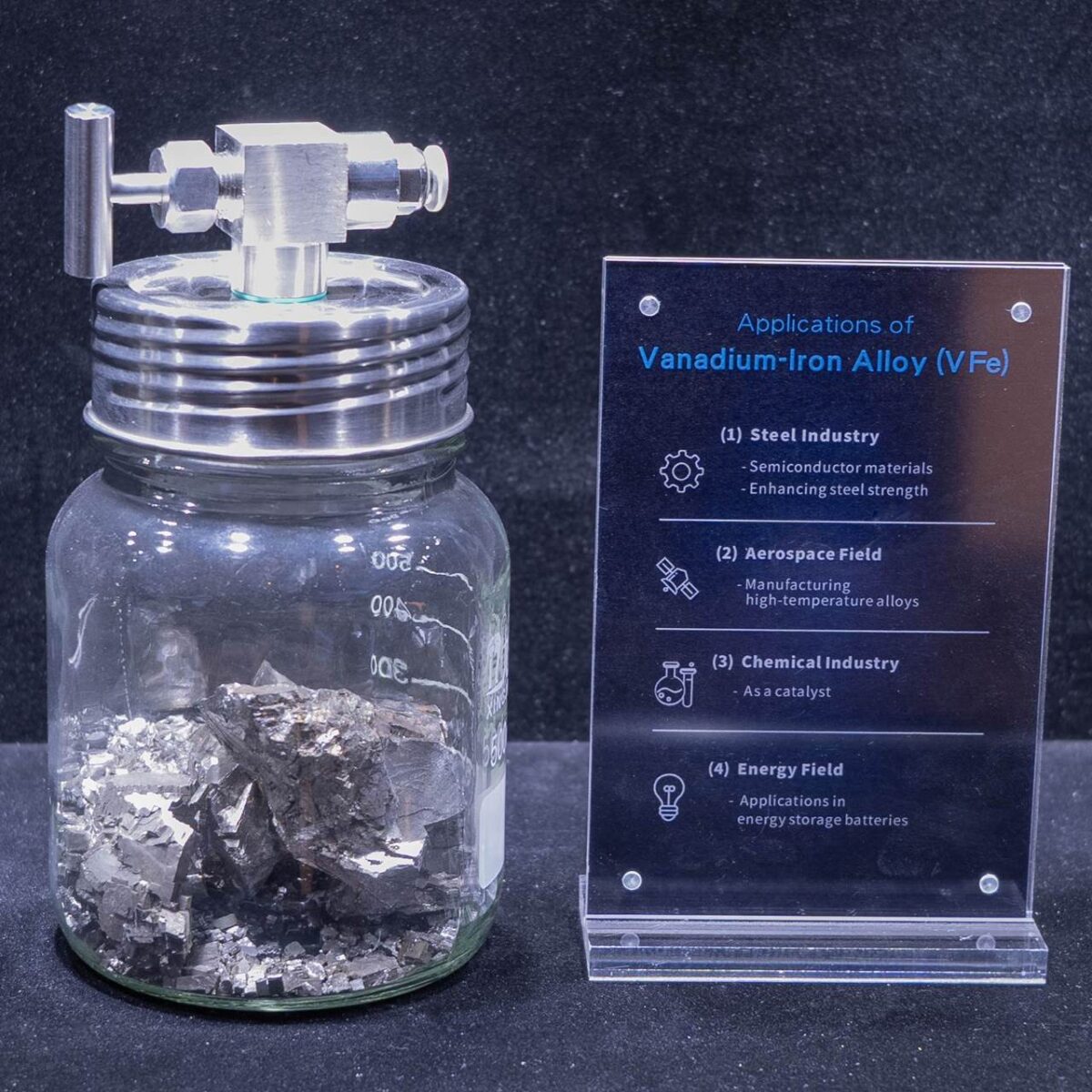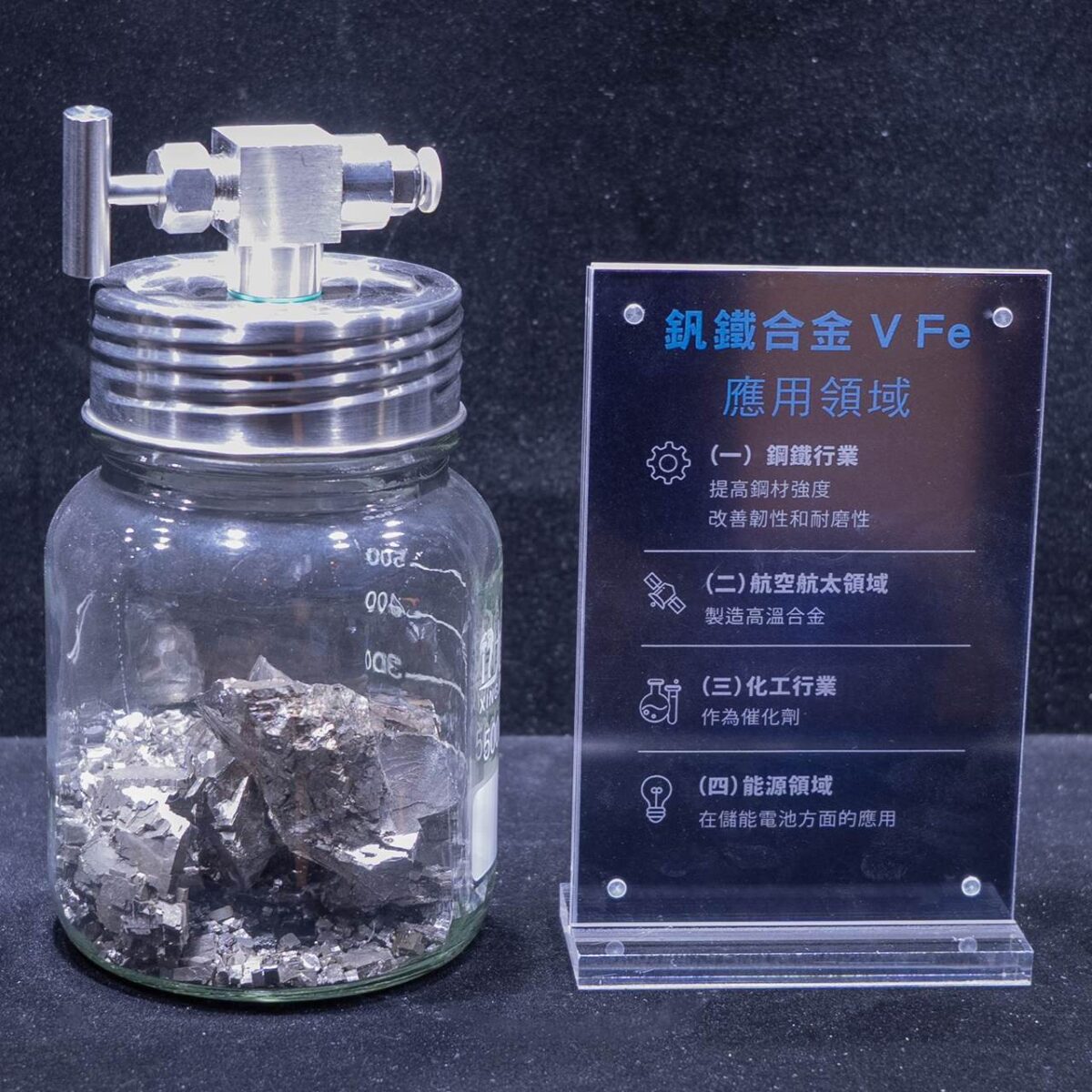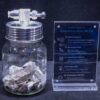Melting and Boiling Points
Molybdenum-iron has a high melting point, typically in the range of 1700°C to 1900°C, and an even higher boiling point. This high-temperature characteristic enables it to maintain good stability in high-temperature environments, making it suitable for various industrial applications that require high-temperature processing and usage.
Density and Hardness
It has a relatively high density, generally around 9-10 g/cm³. Compared to pure iron, molybdenum-iron exhibits significantly enhanced hardness, providing good mechanical properties. It can be shaped through forging, rolling, and other processing methods to meet different production needs.
Ductility and Electrical Conductivity
Molybdenum-iron has a certain degree of ductility, although it is slightly weaker than that of some other metals. In terms of electrical conductivity, it is a metallic conductor. However, due to the presence of molybdenum, its electrical conductivity differs from that of pure iron. It can be utilized in some industrial applications with specific electrical conductivity requirements.
Oxidation States and Reactivity
Molybdenum commonly exhibits oxidation states of +2, +3, +4, +5, and +6 in compounds. In molybdenum-iron, molybdenum interacts with iron and other impurities, resulting in good overall chemical stability. Under normal ambient conditions, molybdenum-iron does not undergo significant chemical reactions. However, under special conditions such as high temperatures and strong oxidation, molybdenum can gradually be oxidized to form molybdenum oxides.
Reaction with Acids and Bases
Molybdenum-iron can react with some strong acids. For example, when reacting with diluted hydrochloric acid or dilute sulfuric acid, molybdenum and iron enter the solution in ionic form, and hydrogen gas is produced. In alkaline solutions, it is relatively stable. However, under extreme conditions such as high temperatures and high concentrations of alkali, it may also experience some degree of corrosion or other reactions.
Steel Industry
Enhancing Steel Strength and Toughness
The addition of an appropriate amount of molybdenum-iron during the production of construction steel, mechanical manufacturing steel, stainless steel, and various alloy steels allows molybdenum to combine with carbon, nitrogen, and other elements in steel to form fine and dispersed carbides and nitrides. These compounds effectively hinder dislocation movement in steel under stress, significantly increasing steel strength. They also refine the steel’s grain structure, enhancing toughness. This enables steel to withstand high loads and impacts without brittle fracture, thereby expanding its application range.
Improving Corrosion Resistance
Incorporating molybdenum into steel significantly enhances corrosion resistance, especially in harsh corrosive environments such as environments marine with chloride ions or acidic industrial settings. Molybdenum-containing steel can better resist corrosion, extending the service life of steel products. For example, steel used in offshore platforms and chemical pipelines benefits greatly from the addition of molybdenum-iron.
Petrochemical Industry
Manufacturing Reaction Vessels
In numerous processes such as petroleum refining and chemical synthesis, many reaction vessels that are resistant to high temperatures and corrosion are required. Molybdenum-iron can be added as an important alloying element like stainless steel materials to produce alloy materials for manufacturing reactors, heat exchangers, pipes, and other equipment. These materials can withstand high temperatures, pressures, and various corrosive media, ensuring the safe, stable, and efficient operation of chemical production processes.
Catalytic Applications
In some chemical reactions, molybdenum compounds derived from molybdenum-iron can be used as catalysts. For example, in hydrodesulfurization and hydrodenitrogenation reactions, molybdenum-containing catalysts can effectively reduce the energy activation of the reactions, accelerate reaction rates, and improve product quality to meet increasingly stringent environmental and product specifications.
Electronics Industry
Manufacturing Electronic Components
In the production of some electronic components, such as thin-film transistors, molybdenum-iron serves as a source of molybdenum. Molybdenum is used to manufacture electrodes, interconnects, and other components due to its good electrical conductivity, high-temperature stability, and compatibility with other materials. This enhances the performance of electronic components and contributes to the development of electronic devices towards miniaturization and high performance. It is widely applied to various electronic products, including smartphones, computers, and flat-screen TVs.
Aerospace Field
Manufacturing High-Performance Alloy Materials
The engines and structural components of aerospace vehicles often need to operate reliably under extreme conditions such as high temperatures, pressures, stress, and complex space environments. Molybdenum-iron can be added as a key alloying element to high-temperature and high-strength alloys such as nickel-based and titanium-based alloys. This enhances the alloys’ high-temperature strength, creep resistance, oxidation resistance, and fatigue resistance, ensuring the safety and overall performance of aerospace vehicles and supporting the continuous development of the aerospace industry.
Automotive Industry
Optimizing Automotive Component Performance
Adding molybdenum-iron to the steel used in automotive engine parts, transmissions, chassis, and other components improves strength, toughness, wear resistance, and fatigue resistance of these parts. This enhances the reliability and durability of vehicles during operation and contributes to vehicle lightweighting, reducing energy consumption. It meets the modern automotive industry’s requirements for high performance and environmental protection.
Related products
Rare Metals
Rare Metals
Rare Metals
Rare Metals
Rare Metals
Rare Metals

